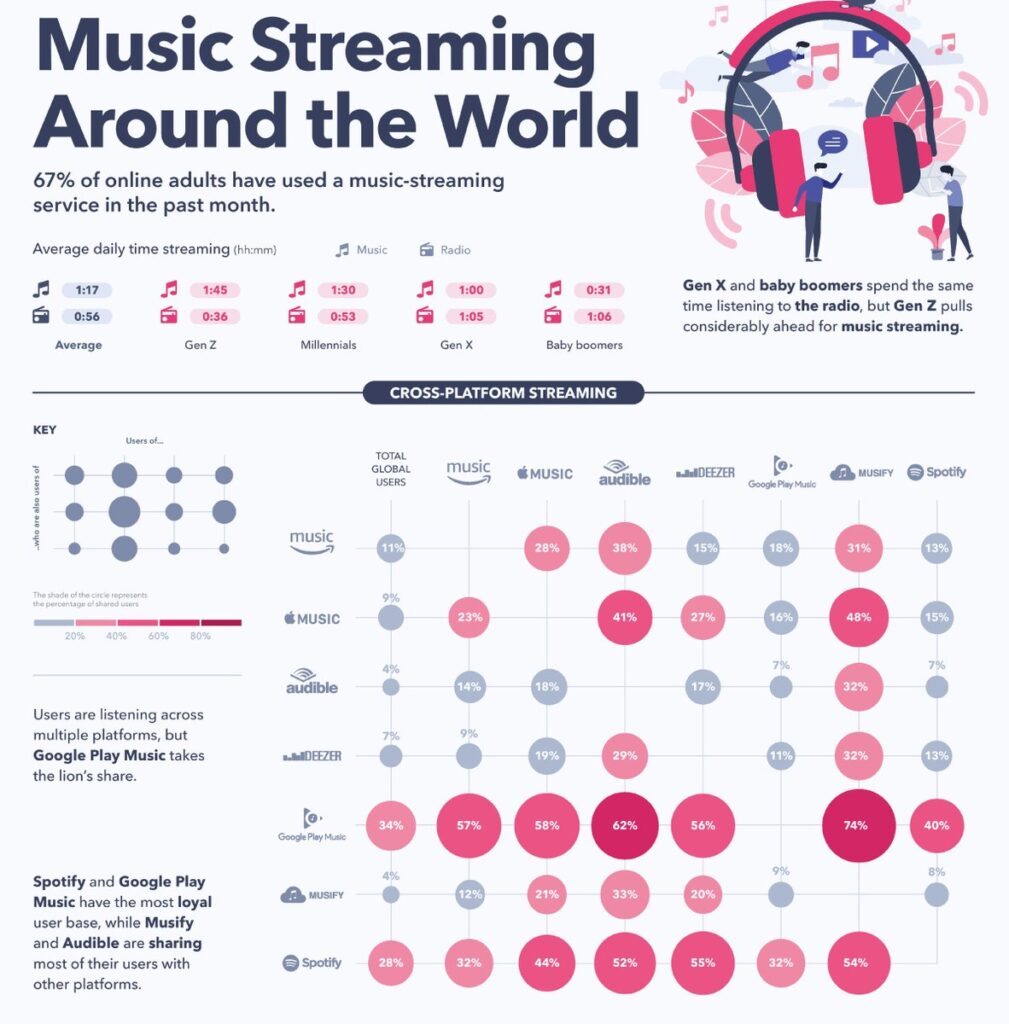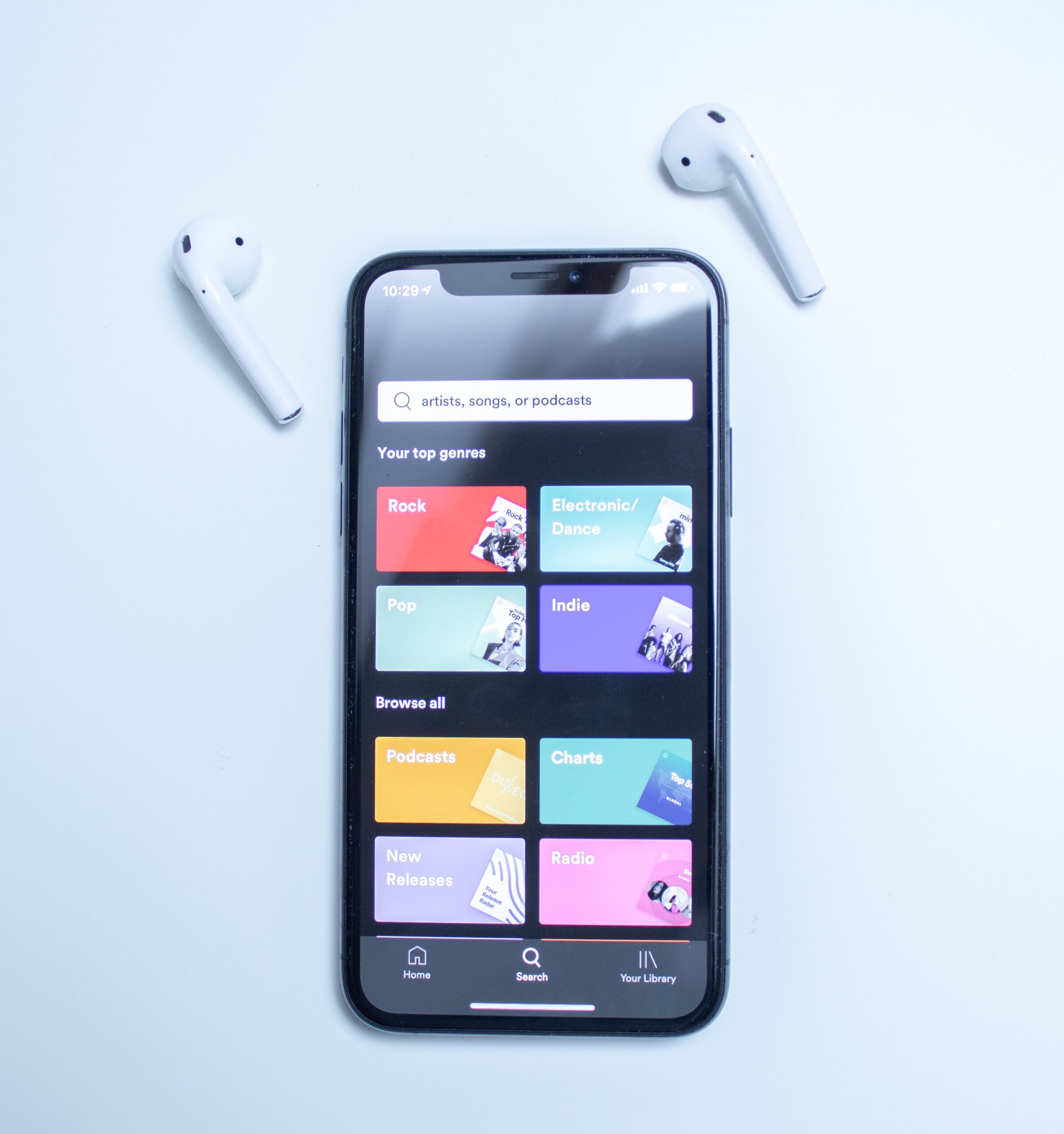What do you think is the best way to listen to music?
Do you listen to vinyls on record players? Or old CDs lying around your house?
Or do you get your music from YouTube, or Apple Music, or Spotify?
I ask you all this to consider how music technology has adapted and evolved over time. I mean, at one point, people listened to phonographs. Now, music is available (quite literally) at the tips of your fingers.

Streaming allows people to access a wide variety of music from any device (after paying a certain fee if you want the perks, of course). The medium of music streaming services changes the perceptions of music and overcomes the limitations set by previous devices.
Ownership has always been an interesting concept regarding music. And now, as music becomes more accessible, it’s become more importnat.
According to the Digital Performance Right in Sound Recordings Act of 1995 (a mouthful, I know), states that streaming services have to come to an ownership agreement with artists themselves.
This basically means that artists have a ton of power over their own music, with the ability to pull their songs if and when they see fit.
As a listener, however, we have essentially no ownership over the music we listen to.
In the past, listening to music involved owning records or CDs. But, with music streaming, you only really gain a license to listen to a song in that particular instant. After that instant is over, poof! Your license expires.
It’s not so bad though.
Most people are less concerned with owning music and more concerned with the amount of music they can listen to.
And it’s a hell of an amount. According to one source, music streaming services provide listeners with access to enough music to last 140,000 years.

While accessibility has its perks, it also has some issues. More accessibility means that artists make less money. That means that we, as consumers, have to pay higher prices to get the music we want.
So, is owning music better than having accessibility?
It’s difficult to say. Like most innovation, music streaming has both positive and negative aspects. As consumers, it’s our job to evaluate these aspects and decide for ourselves what matters the most.

